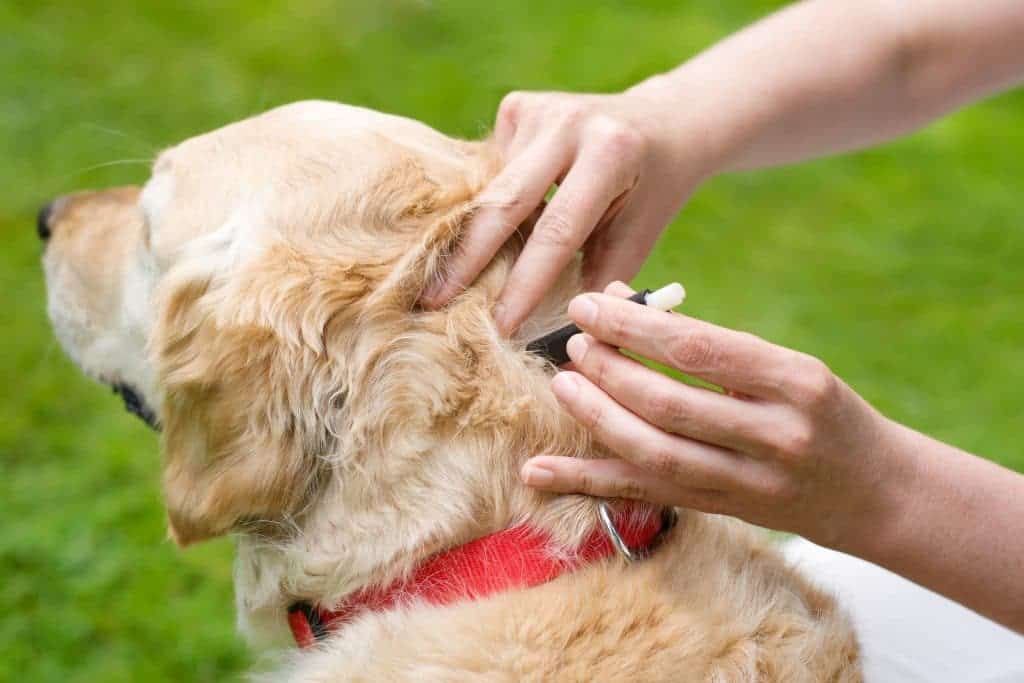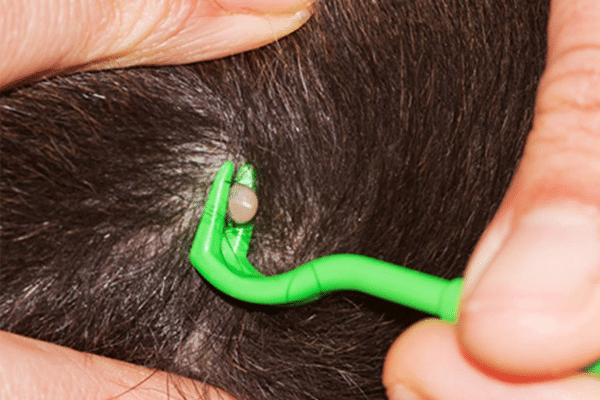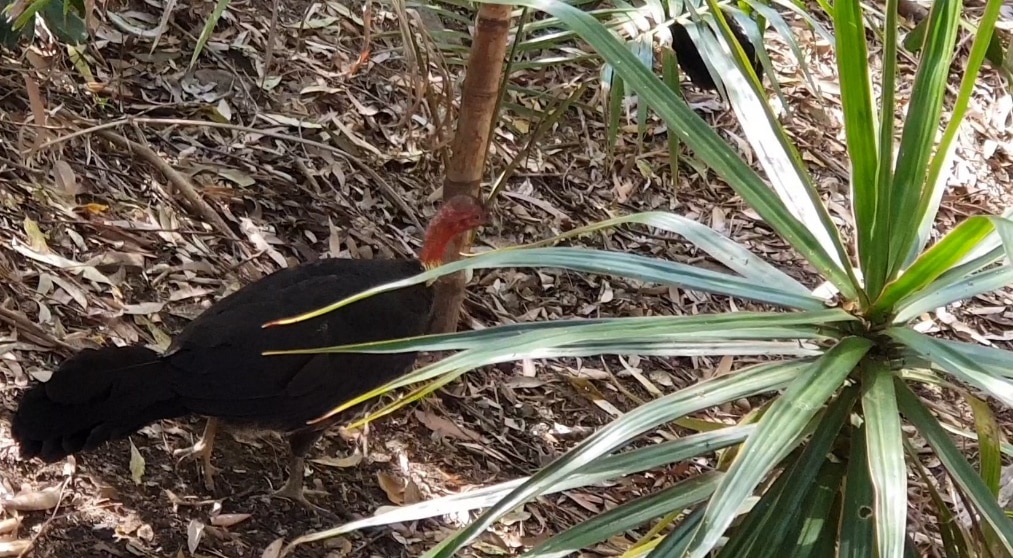The paralysis tick is an eight-legged arachnid that can pose a serious threat to cats and dogs due to its potentially lethal toxin. These ticks are prevalent in coastal regions of New South Wales, including certain areas of Sydney like the Northern Beaches, mountain regions, and bushy Hills District suburbs like Dural and Kenthurst.
Wildlife such as bandicoots, bush turkeys and possums can carry and spread these ticks.
Preventing Tick Infestations

The most effective prevention is to check your pet daily. Run your fingers through their coat to feel for any unusual lumps or bumps. Veterinary products can offer additional protection, including Bravecto (a chewable tablet that works for 3 months), tick collars like Seresto and Scalibor, or spot-on treatments such as Frontline and Advantix, which should be applied every two weeks.
Recognizing Tick Paralysis
Signs of tick paralysis include:
- Weakness in the hind legs, which may spread to the front legs
- Difficulty breathing or grunting
- Regurgitation
- Severe respiratory issues, leading to collapse and potentially death
If you observe these symptoms, conduct a thorough search for ticks on your pet. If you find one, remove it using a tick hook or by grasping it close to the skin and twisting it out. Bring your pet to the vet, bringing the tick along for identification. If you struggle to remove the tick or if you suspect it’s still attached but can’t find it, don’t worry—veterinary staff will assist you.
Treatment for Tick Paralysis

Treatment involves a comprehensive tick search, sometimes requiring a full coat trim. The anti-toxin serum is administered intravenously over 30 minutes. Additional care includes frequent throat cleansing, use of diuretics or antibiotics as needed, and intravenous fluids to maintain hydration. Rest is crucial for your pet’s recovery for up to a month.
For assistance with tick paralysis or to find the best tick prevention options for your pet, please call your local vet or veterinarian hospital.
Top Ten Tick Control FAQs for Safe Sydney Pest Control
- What are paralysis ticks and why are they a concern? Paralysis ticks are eight-legged parasites that produce a toxin harmful to pets like cats and dogs. Found in coastal NSW and areas around Sydney, these ticks can cause severe health issues including paralysis and even death if not managed properly.
- Where are ticks commonly found in Sydney? Ticks are prevalent in coastal areas, beaches, mountain regions, and bushy Hills District suburbs such as Dural and Kenthurst. They can also be carried by wildlife, including bandicoots.
- How can I prevent ticks from affecting my pet? The best prevention is to check your pet daily for ticks. Use veterinary products such as Bravecto (a chewable tablet effective for 3 months), tick collars like Seresto and Scalibor, or spot-on treatments like Frontline and Advantix every two weeks.
- What signs indicate my pet might have tick paralysis? Watch for symptoms such as weakness in the hind legs, which may progress to the front legs, grunting respiration, regurgitation, and severe breathing problems that could lead to collapse or death.
- What should I do if I find a tick on my pet? Remove the tick with a tick hook or by grasping it near the skin and twisting it out. Bring your pet to the vet along with the tick for proper identification. If you struggle to remove it or suspect a tick is still attached, seek veterinary help.
- How can pest control services help with tick prevention? Professional pest control services can treat your home and yard to reduce tick populations. This may involve applying low toxic acaricides, treating vegetation, and advising on further prevention strategies.
- What are some effective tick control measures for my yard? Maintain a well-trimmed yard, remove leaf litter and tall grass, and create barriers between your lawn and wooded areas. Professional pest control can also apply targeted treatments to reduce tick habitats.
- How often should I have my property treated for ticks? Treatment frequency depends on your location and tick activity levels. In high-risk areas, more frequent treatments might be necessary. Consult with a pest control expert for a tailored plan.
- Are there any natural or home remedies for tick control? While some natural remedies, like essential oils and Neem oil may offer limited protection, they are not as effective as professional treatments. For comprehensive control, professional pest management is recommended.
- What should I do if my pet shows symptoms of tick paralysis? Seek immediate veterinary care. Remove any visible ticks, and bring your pet to the vet with the tick for identification. Prompt treatment is crucial to manage the condition effectively.
For further assistance with tick control and prevention strategies, or to schedule a safe low toxic pest control service, contact A1 Pest Control at 0417 251 911.
Author Bruce Gow is the owner of A1 Pest Control in Bella Vista and has over 40 years of experience in the pest control industry.
He is passionate about providing low and non-toxic pest control solutions in the Hills District, North Shore and the Northern Beaches of Sydney. He carries a pest control license with certificate 1V in Urban Pest Management. His website www.a1pestcontrol.com.au has earned over 160 5 star Google Reviews for outstanding customer service.

